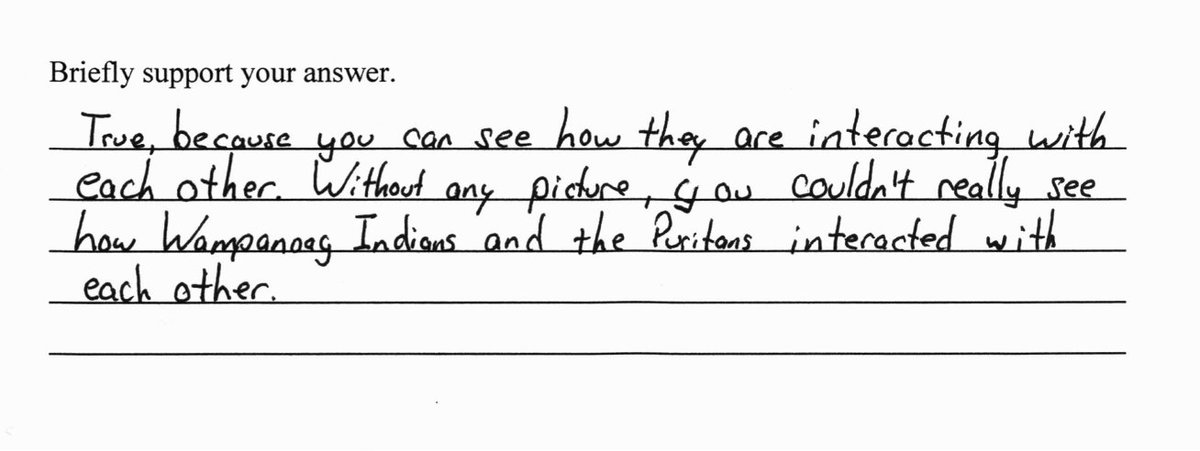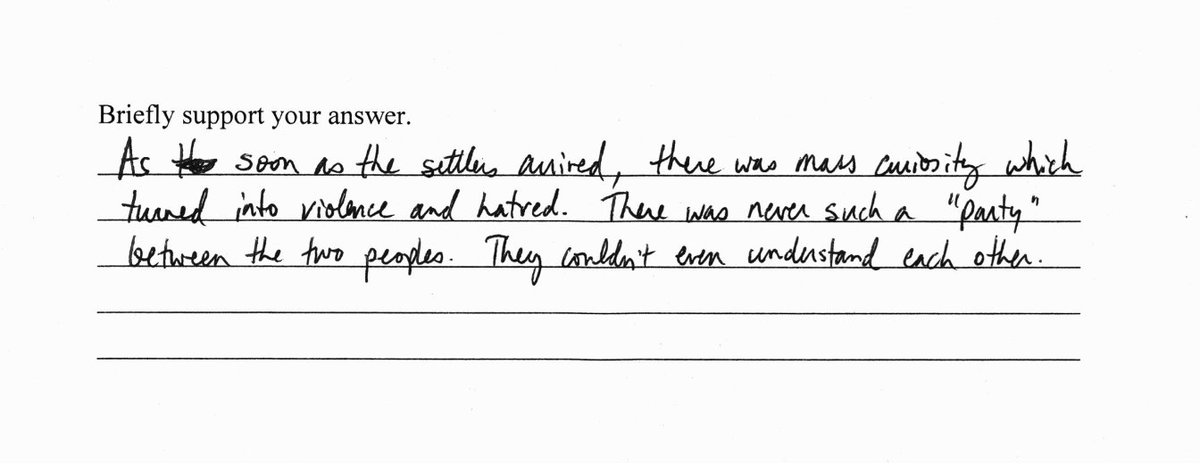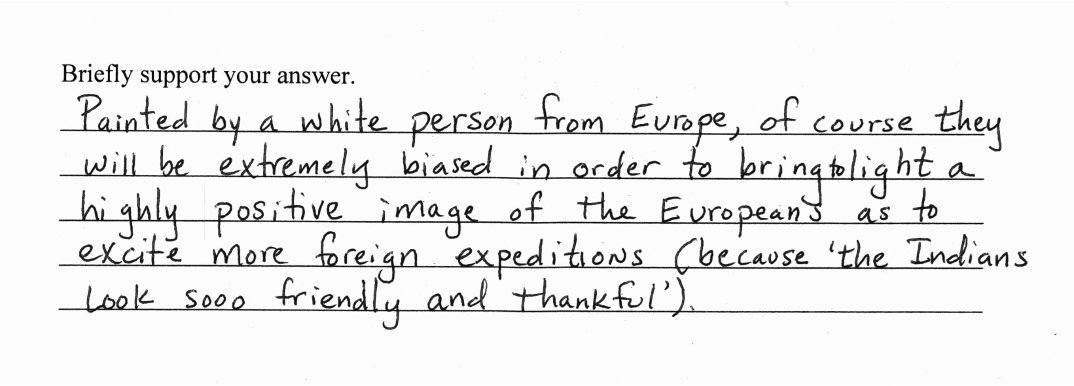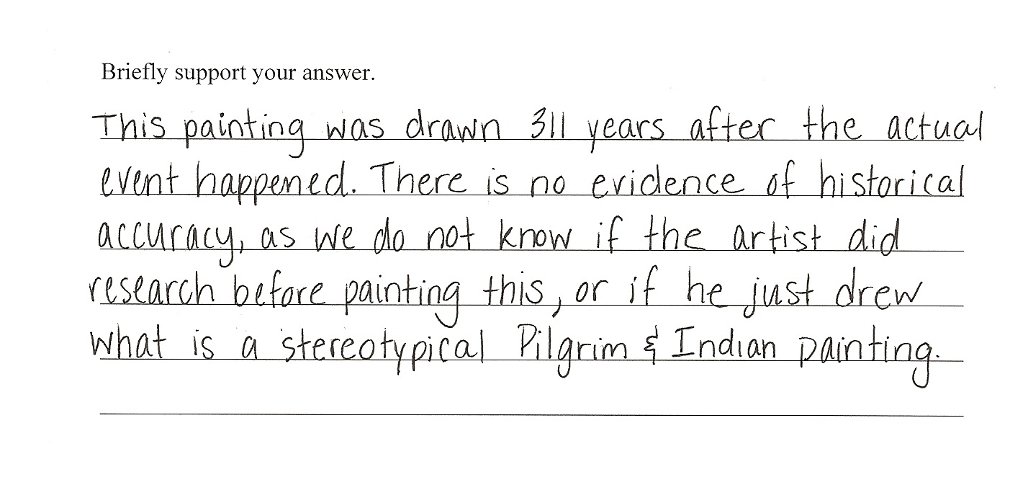With Thanksgiving coming up, let’s talk about formative assessment (There’s a connection..stay with me for a sec). 1/15
You’ve heard the term: “Formative assessment”-- it’s a buzzword of sorts. What is it? 2.
Let’s start with the “form” in formative. What’s being & #39;formed& #39; is you, not your students. You’re assessing your students in order to figure out your next instructional move. 3/15
“Assessment.” We automatically think of grading & the need to give kids feedback. But since the goal is to inform your next move, individual student feedback is often unnecessary. Ditto for grading. 4/15
Because formative assessment should “inform,” a blackened circle on a multiple choice test doesn’t tell you very much. It tells you the kid didn’t get the right answer but not why. Formative assessment should give you an inkling about that all-important why. 5/15
Thanksgiving (I promised we’d get there). Here’s the ‘poster child’ of @sheg’s formative assessments—used by teachers to teach “sourcing.” (Sourcing: taking into account the circumstances of a document’s creation when judging its reliability).
Notice the ~300-year gap between the publication of JLG Ferris’s “First Thanksgiving” (it was published in 1932 but painted several years before) and the supposed meeting between the Pilgrims and the Wampanoag peoples, described by Edward Winslow in 1621. 7/15
The assessment asks students if they agree with this statement (and to write a few sentences explaining their answer):
"The painting & #39;The First Thanksgiving 1621& #39; helps historians understand the relationship between the Wampanoag Indians and the Pilgrim settlers in 1621."
"The painting & #39;The First Thanksgiving 1621& #39; helps historians understand the relationship between the Wampanoag Indians and the Pilgrim settlers in 1621."
The most common answer (from middle school all the way to, yes... college) is the “picture’s worth a 1000 words” response, an answer that overlooks the gap between event and its representation. 9/15
Then there& #39;s the critical response--which also ignores the bibliographic information. (As well as Squanto& #39;s formidable talents as translator). 10/15
Then there& #39;s the response that seems promising, but goes south when it comes to a timeline. 11/15
And then, finally, the rarer response that sources the painting and raises questions about what the artist knew and the kind of research he did (or didn& #39;t) do.
This assessment takes just a few minutes to complete. And you can scan 30 or so responses in the same amount of time. With this minor investment, you& #39;ll get a general picture of where students are at with sourcing, and what your next move should be. 13/15
Have a safe holiday and check out dozens of other examples of formative assessments at https://sheg.stanford.edu/history-assessmentshttps://sheg.stanford.edu/history-assessments">https://sheg.stanford.edu/history-a...
For those of you teaching college, here& #39;s research we did using this assessment at the college level. 15/15

 Read on Twitter
Read on Twitter








